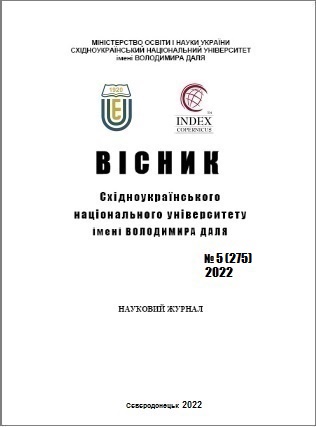Research efficiency virtual multithreading (2, 3, 4 threads) type hyper threading when execution threads in the same and different conditions
DOI:
https://doi.org/10.33216/1998-7927-2022-275-5-21-27Keywords:
multi-threaded virtuality, processor, core, instruction pipeline, interference, performance, efficiencyAbstract
The article uses analytical methods with elements of the mass service theory to investigate the efficiency of the cores of modern processors using virtual multithreading of the Hyper Threading type with 2, 3, and 4 threads, taking into account the structural features of the core both when executing threads under the same conditions, and in different conditions. Under the same conditions, the execution of threads was considered when they used the same amount of cache memory levels. Under different conditions, situations were considered when threads were executed sequentially in conditions using available cache memory volumes, and parallel threads were executed in worse cache memory usage conditions (using a lower level of cache memory or even RAM).
Widely used and visual programs were selected for the study: "Multiplication of matrices", "Solution of differential equations in partial derivatives by the grid method".In the studied programs, the kernel was identified, information-dependent commands and reduction commands were specified, groups of commands were formed, their number and execution times of each group in the kernel program were determined, and the probabilities of occurrence of each group of commands were determined.A research methodology and a model of the core have been developed. The study used a two-phase simplified model of the processor core. The load factor of the universal functional device was determined and, depending on the value of various parameters of the program and the processor core, the utilization rate of the model control device was determined, the average execution time of the program core and the average utilization times of individual specialized functional devices were determined.
The results of studies with 2, 3 and 4 threads in the form of formulas in one physical core are given, both when threads are executed under the same conditions, and under different conditions.The effectiveness of virtual multithreading such as Hyper Threading with two, three, four threads with no structural conflicts and under different conditions - the presence of structural conflicts in the of cache memory - has been confirmed.
When performing threads under different conditions, the efficiency (acceleration factor) is less than when performing under equal conditions. If a single thread uses more than half of the third-level cache memory or requires intensive work with RAM, then the use of virtual multithreading is inappropriate
References
1. Є.О. Шквар. Ефективність використання технології ві-ртуальної багатопоточності при паралельному розв'я-занні рівняння Пуассона. Вісник НАУ, Київ. 2012 N3 (101), том 2, С.138- 141.
2. Буділовський С. Simultaneous Multithreading (SMT) в топовом AMD Ryzen 7 2700X: тестування в синтетиці і іграх. Постійний URL: https://ru.gecid.com/cpu/simultaneous_multithreading_smt_v_amd_ryzen_7_2700x
3. Недзельський Д.О. Дослідження ефективності підсис-теми генерації команд в ядрах сучасних процесорів. Луганськ: Вісник Східноукраїнського національного університету ім. В. Даля, 2017. - №8 (238), - С.64-66.
4. Недзельський Д.О., Сафонова С.О., Барбарук Л.В. Аналітичне дослідження ефективності ядер процесорів при наявності «перешкод» з використанням технології Hyper Threading Наукові вісті Далівського університе-ту. Електронне наукове фахове видання. - 2021. - №21. doi: https://doi.org/10.33216/2222-3428-2021-21-3.

